Lost in Time: Bracciano Castle and village of Ceri - Where Medieval History and Legends Come to Life!
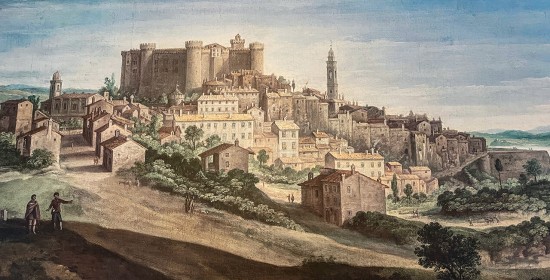
Buongiorno and welcome to Stefano’s RomeCabs, Rome’s top-rated company for Tours in Italy and private excursions from Civitavecchia.
Step off the beaten path and leave the modern world behind as we transport you to a realm where time stands still. Italy, known for its vibrant cities, also hides secrets in its enchanting countryside. Here, amidst rolling landscapes that seem plucked from the pages of a fairy tale, you'll discover two extraordinary destinations that await your exploration.
Bracciano Castle and the picturesque village of Ceri are the stars of our Countryside Pre-Cruise Tour and Medieval Magic Rome Countryside Tour, offering you a unique opportunity to immerse yourself in a world where time itself appears to have stood still.
Imagine stepping into a bygone era, where each cobblestone alleyway murmurs secrets of nobility, palace intrigues, and a history that refuses to be forgotten. In this blog, we invite you to join us on a voyage of discovery as we unravel the captivating history and delve into the intriguing medieval legends of Bracciano Castle and the enchanting village of Ceri.
Get ready to be transported into a world where the past comes vividly to life, where legends and history intertwine, and where adventure awaits around every corner.
Bracciano Castle and village of Ceri
Where Medieval History & Legends Come to Life!
BRACCIANO CASTLE - Italy's Majestic Medieval Fortress
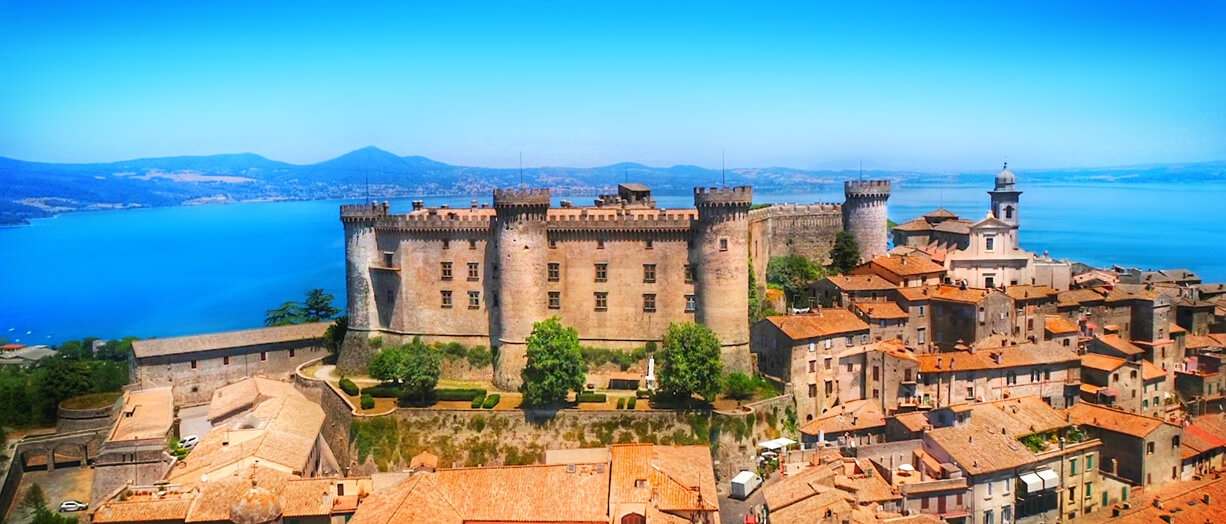
Perched majestically on the shores of Lake Bracciano, Bracciano Castle (officially named Castello Orsini-Odescalchi ) stands as a silent sentinel, guarding centuries of stories and secrets. This imposing fortress, a testament to medieval architecture and later enhanced to Renaissance grandeur, was once a residence fit for nobles and popes. As you step through its formidable gates, you are transported to an era of chivalry, alliances, and political maneuvering.
The castle's grand halls, adorned with opulent frescoes and elegant furnishings, offer a glimpse into the lives of the illustrious Orsini and Odescalchi dynasties. The armory, filled with weapons of war, whispers tales of battles and conquests. The Castle's intimate chambers and courtyards evoke a sense of the romantic, where whispered conversations and clandestine meetings may have taken place.
Gaze beyond the castle walls on the tower's summit and admire the panoramic views of the volcanic crater lake below and the surrounding verdant countryside
The history of the Orsini and Odescalchi families is a tale that spans centuries and involves political intrigue, cultural patronage, and architectural legacy. There are so many reasons why you should visit Bracciano Castle. Let's delve into the detailed history of these families and their connection to the magnificent castle.
Orsini Family and Bracciano Castle
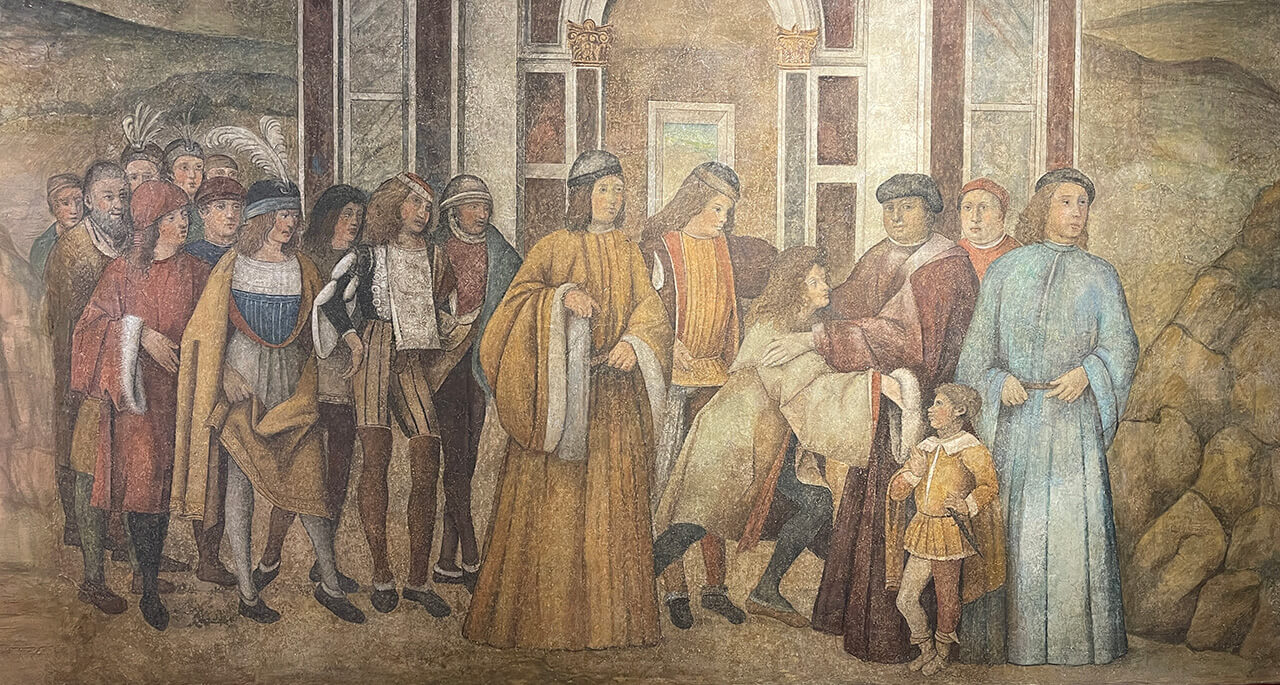
The Orsini family was a prominent noble family in medieval Italy, with origins dating back to the 12th century. They held significant power and influence, often engaging in alliances and rivalries with other noble houses.
In the early 15th century, the Orsini family gained control over the strategic Bracciano area, which included the castle. Their connection to the castle began during this period when they initiated the construction of Castello Orsini.
Construction of "Castello Orsini"
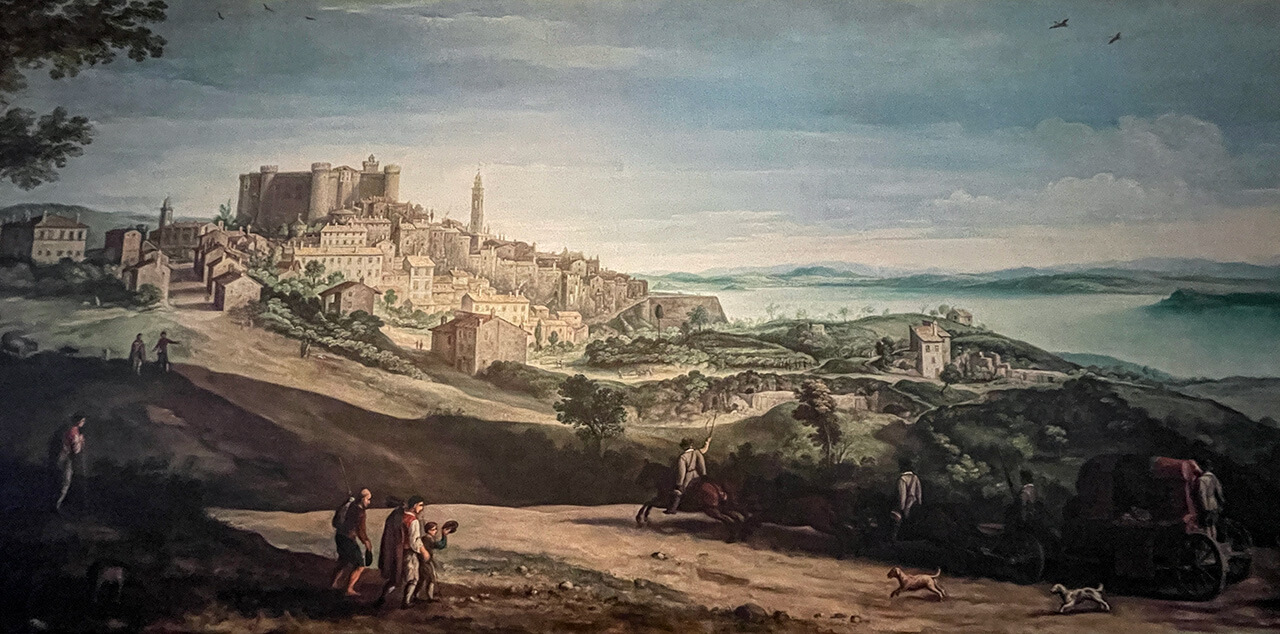
Construction of Castello Orsini began around 1470 under the patronage of Napoleone Orsini, who was a condottiero (mercenary military leader) and a member of the influential Orsini family. The castle was built on a hill overlooking Lake Bracciano, strategically positioned to control the surrounding territory.
The design of the castle showcased a blend of medieval and Renaissance architectural elements, reflecting the evolving tastes of the time.
Legends, Scandals and Intrigue: Isabella de' Medici and Paolo Giordano Orsini
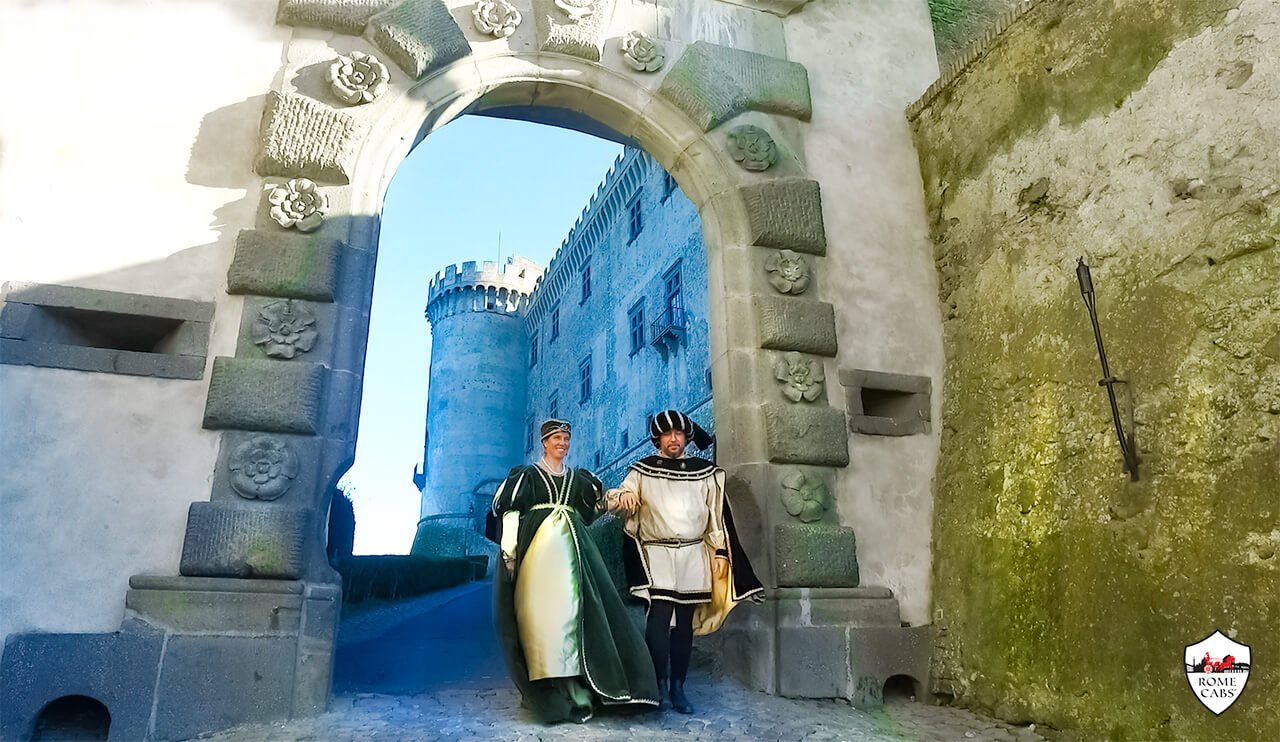
Within Bracciano Castle lies a tale as captivating as it is mysterious—a narrative centered around the enigmatic figure of Isabella de Medici. Her story unfolds within the opulent room known as the Hall of the Orsini Frieze adorned with frescoes and festoons, concealing a legend steeped in intrigue and tragedy.
Isabella's magnetic charm drew not only her husband but also countless young men into her orbit. Local whispers in Bracciano wove a scandalous tale of a cunning trapdoor near her bedroom, supposedly used to dispose of her lovers into a well filled with blades and lime.
The plot takes a darker turn as her husband, discovering her alleged infidelities, is rumored to have ended her life by strangling her with a ribbon.
Amidst this labyrinth of legends, one historical element emerges—the alleged affairs. However, as with many ancient tales, fact and fiction entwine, leaving us to ponder the truth.
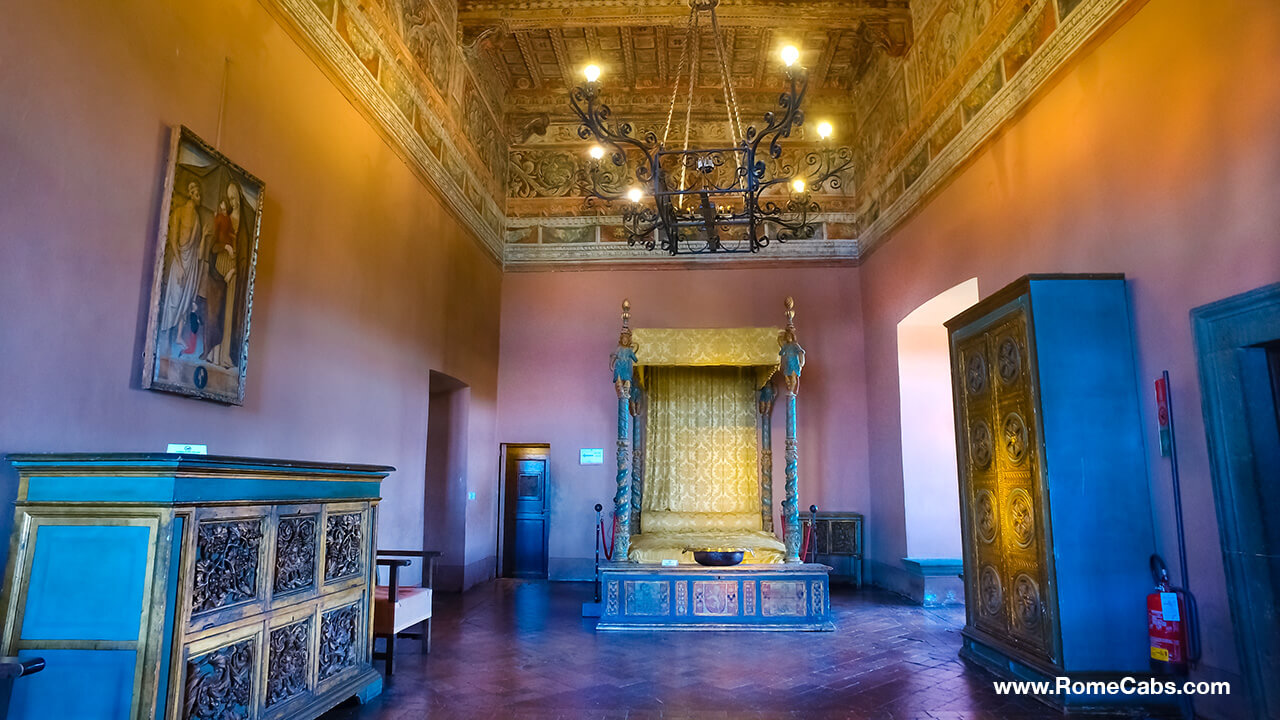
It's important to note that Isabella lived in Florence tasked with looking after the Florentine family. Cosimo de Medici did not permit his daughter to live in Bracciano or any of the palaces of Rome as Rome was a den of anti-Medici dissidents that made it too dangerous for Isabella to live anywhere but in Florence.
The circumstances surrounding Isabella's untimely death on July 16, 1576 at 34 years of age at the Medici villa of Cerreto Guidi during a hunting trip. The official account suggested she died while washing her hair in the morning. However, suspicions arose as some believed she was strangled by her husband around midday in the presence of several servants, as reported by the Ferrarese ambassador, Ercole Cortile.
As centuries pass, perceptions of Isabella shift from victim to villain, yet, a deeper historical examination unravels a different narrative. More than 500 letters were discovered exchanged between Isabella and Paolo Giordano covering a span of twenty years from 1556 to 1576, the year of her death.
The letters written on an average of twice a week reveal a strong marriage with words of love exchanged over twenty years, mutual reproaches for imposed separations, skirmishes and reconciliations, complicity and affection that ignite and dissipate in the daily life of a couple who appear profoundly connected. This marital reality casts doubts on the accusations of infidelity and murder.
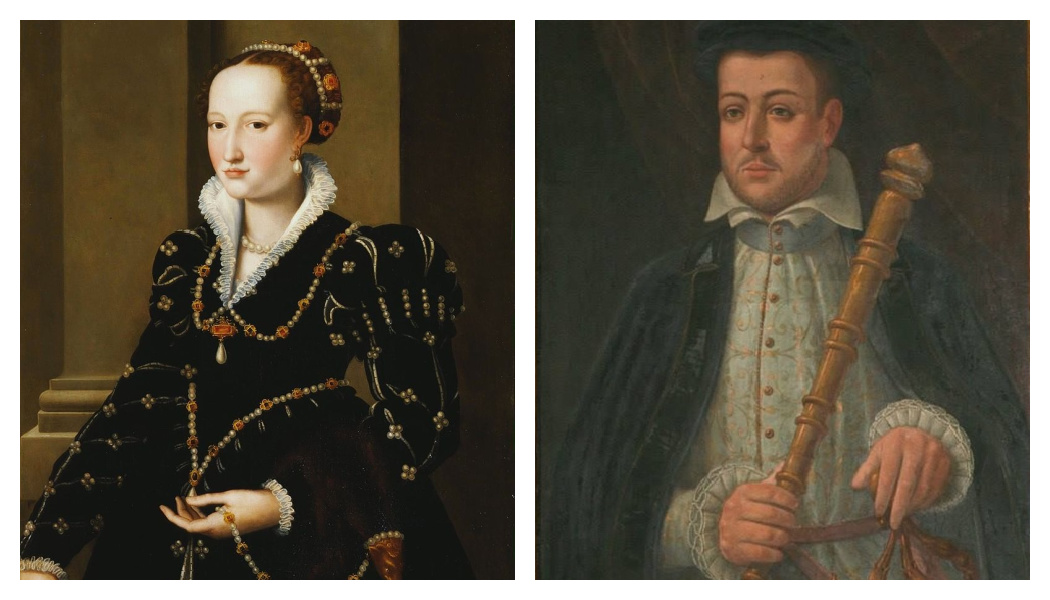
The letters are stored in the Capitol Hill Historical Archive. In one of his letters, Paolo wrote to Isabella:
"I adore you, beautiful, and believe that when I die, neither children, nor the State, nor friends, nor ladies, nor anything else will I remember, except that I adore you".
Paolo's letter reflects all his emotions. "I have no one but you," he writes, "I love you since childhood".
Paolo's love was not one-sided; his letters reveal Isabella's jealousy and her constant demand for reassurance from her husband: "I kiss your hands with the care and love you have for me, my dear, but for this, my heart, I cannot love you more than I already do, for my illness has penetrated to the bone and is, my dear, incurable".
In the same letter, he writes to her, "Your words brought me great consolation, first because I heard news of you, my love, and then because I saw you dispel that bad opinion, which you wrote about in your other letters, namely, believing that I no longer remembered you, my life ... I never would have believed that the thought of believing that I no longer loved you had crossed your mind, as you wrote in your last letter. You know well that I have no one else in this world but you, and with you, I must live or die..."
In another letter, Isabella wrote to her husband: "As long as I live with you, I am yours, and I will never do anything other than what you desire."
Amidst these shifting sands, a startling revelation emerges— we are dealing with historical figures whose reputation has been tarnished by political reasons, and over time, they have been shrouded in a slanderous image that literature and theater have adopted, only to later be restored to history with a layer of legendary accretions.
Their correspondence reveals a love that was mutual, tender, jealous, and passionate. As time passed and they faced political and economic challenges, along with raising their children, their love evolved into strong mutual support and companionship. They continuously exchanged opinions, advice, and favors.
The letters also demonstrate that Isabella died of a long and devastating illness, shedding light on the deeper aspects of the personalities of the two protagonists, removing them from the realm of literary myth and placing them in their proper historical context.
References to Isabella's health issues are scattered throughout letters, but it's from 1574 that growing concerns for her intensify. In August 1574, Isabella experienced her first severe hemorrhage. Dr. Baccio Gatteschi Strada's report mentioned obstruction - either kidney, intestinal, or uterine.
From this point on, the bulletin from the master of the house, Jacopo Bonaparte, reported months of intermittent fever. In February 1575, Ambassador Ercole Cortile informed Alfonso d'Este that "Lady Isabella has been suffering from continuous fever for several days now, although it's somewhat slow, many don't think it's such a mild illness".
In March, Isabella herself wrote to her husband: "I have a good day and a bad day. On a bad day, I stay in bed, and on a good day, I take walks because the doctors say exercise is necessary. My illness is all uppilation, which began in August and still afflicts me. They bled me with eighteen ounces of blood from my feet. Now they prescribe laxatives, and then they want me to go to the villa for exercise. I hope this helps me; this is why I haven't written because when I lower my head, I get such dizziness that it makes me lose my sight entirely, and that's why I've been neglectful."
Love, Betrayal, and Assassination: Paolo Giordano and Vittoria Accoramboni
After Isabella's death, Paolo Giordano became involved with Vittoria Accorambon, who was married to Francesco Peretti, the nephew of the future Pope Sixtus V.
Tragedy struck with Francesco Peretti's assassination in April 1581, suspected to involve Paolo Giordano, although some sources implicate Vittoria and her brother.
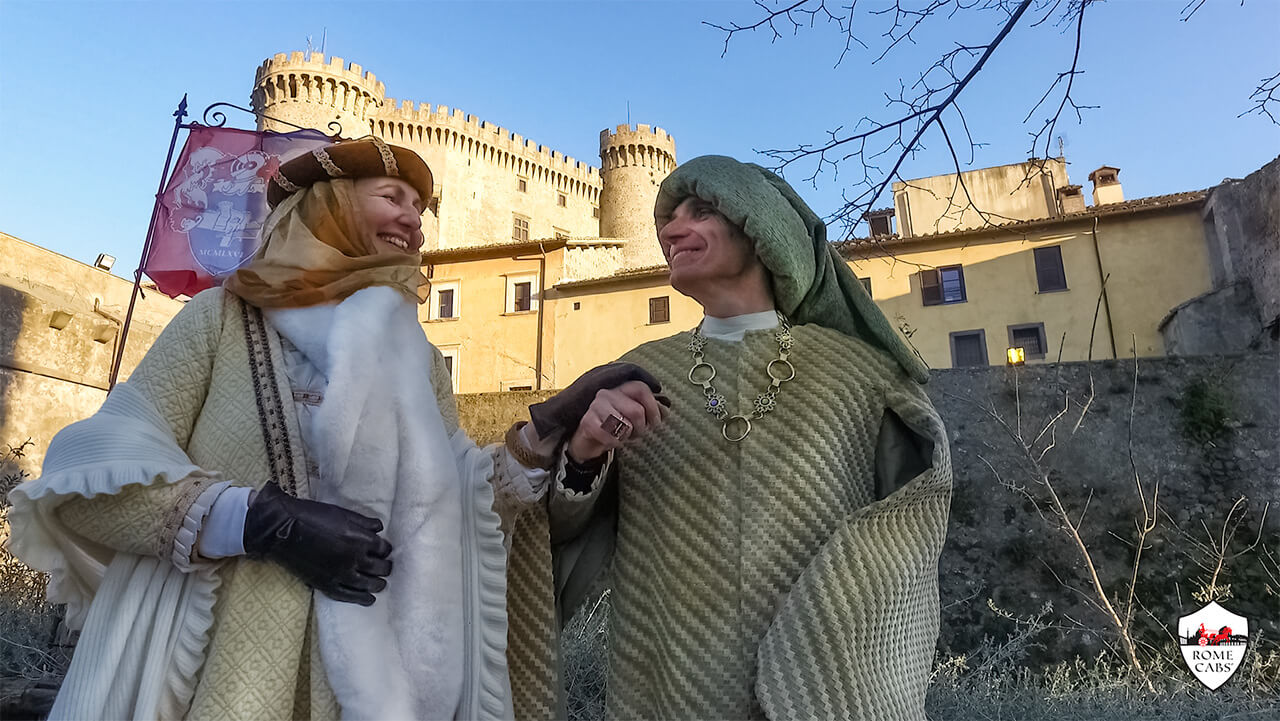
As they fled Pope Sixtus V's pursuit, Paolo and Vittoria sought refuge in northern Italy, eventually marrying in April 1585. Tragically, Paolo passed away a few months later in Salò.
In an eerie twist of fate, following Paolo's death, Vittoria was assassinated by Ludovico Orsini, a sinister act aimed at controlling the valuable assets she possessed, including family jewelry. These assets were intended for Paolo's son from his previous marriage, Virginio Orsini, the rightful heir to Paolo's legacy.
Isabella de' Medici's legacy, once obscured by a veil of mystery, emerges as a cautionary tale, reminding us that history's truth often rests beneath the layers of intrigue and political agendas.
Odescalchi Family and Bracciano Castle
The Odescalchi family, originally from Como, Lombardy, emerged as a noble family during the 15th century. They gained prominence through marriages, strategic alliances, and their involvement in papal politics.
One of the most notable figures in the Odescalchi family was Pope Innocent XI (reigned 1676–1689), who played a crucial role in the family's rise to power and influence.
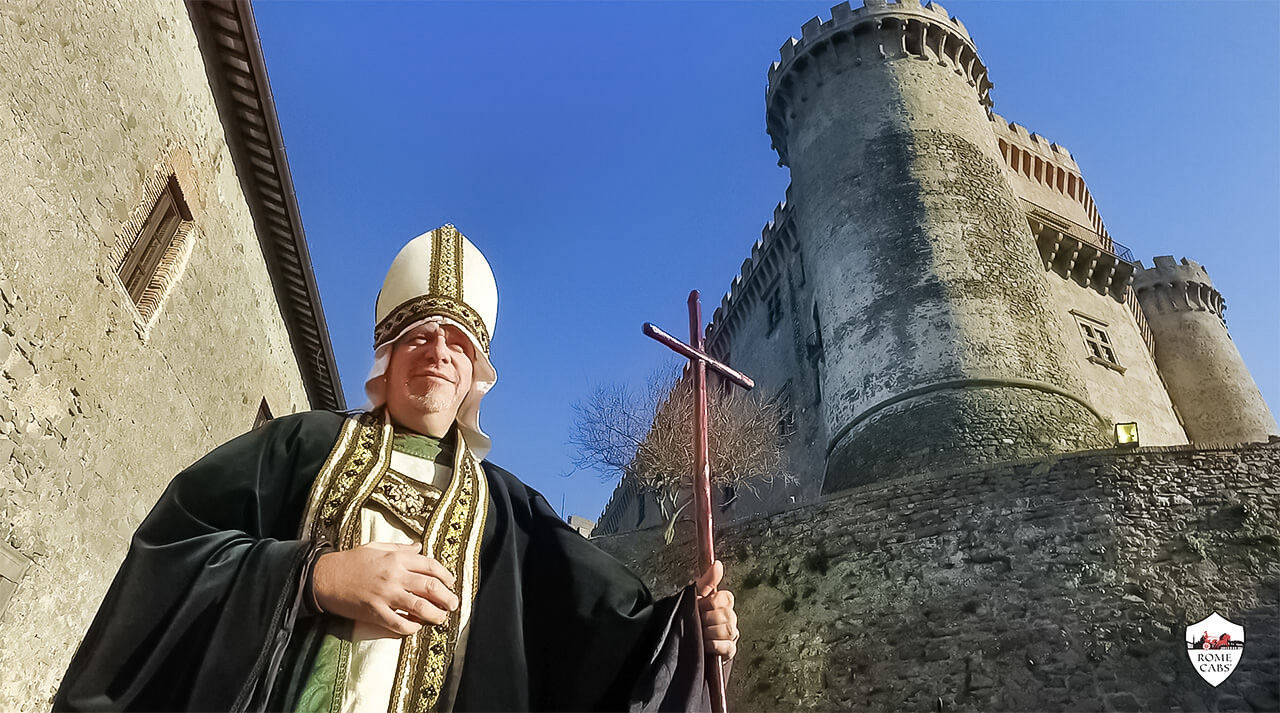
Odescalchi's Acquisition of the Castle and the Napoleonic Wars
Bracciano Castle's journey from the Orsini family to the Odescalchi is a captivating tale of Renaissance Italy, marked by strategic alliances and the shifting sands of politics and territory.
In 1696, the last Orsini Duke of Bracciano, Flavio Orsini, had to part with the duchy due to his family's decline. The Odescalchi family became the new custodians of the castle. Their connection to Pope Innocent XI, who had honored Livio Odescalchi with the title of Prince of the Holy Roman Empire for his valor against the Ottoman Turks, added to their prestige.
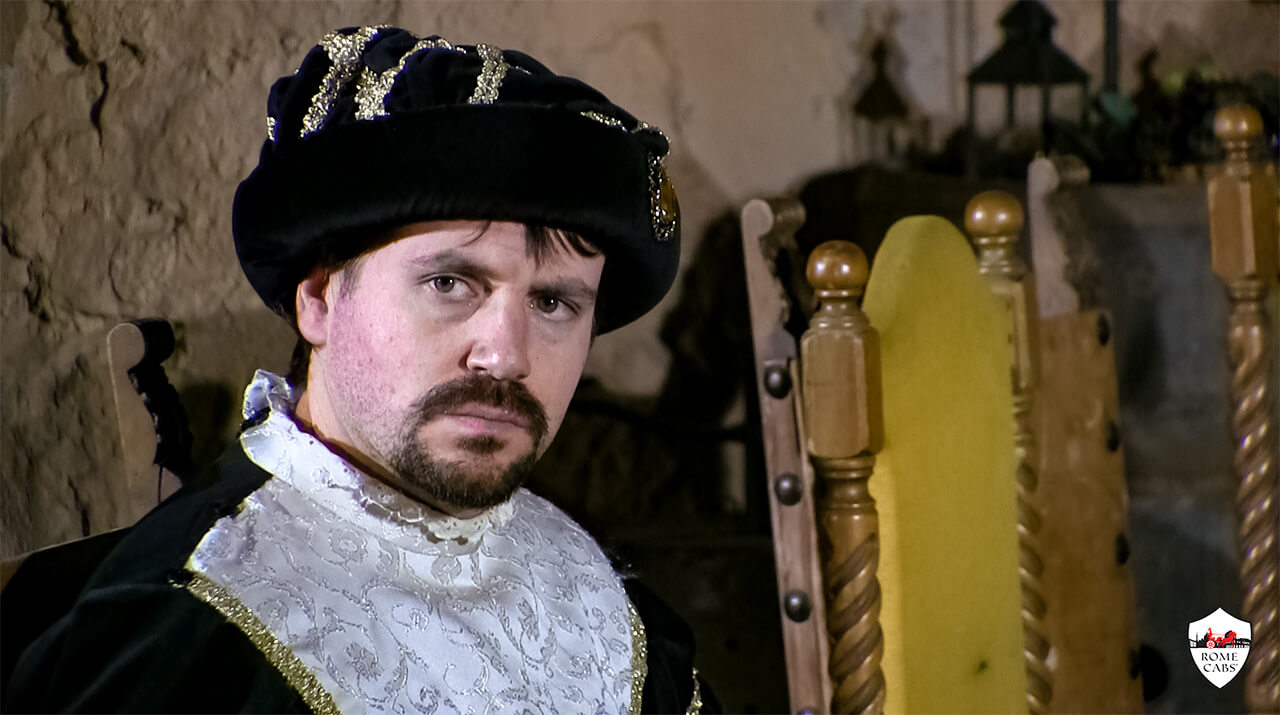
During the Napoleonic wars in the early 19th century, Bracciano Castle faced challenges as French invaders plundered the region in 1804. Confronted with this adversity, the Odescalchi family was compelled to sell the cherished stronghold to Marquis Don Giovanni Torlonio for 400,000 scudi, with a clause allowing them to repurchase it.
In 1848, the castle returned to the Odescalchi family for the same sum of 400,000 scudi, attributed to the union of Prince Livio III Odescalchi with a prosperous heiress. This resurgence not only brought prosperity but also restored the castle to the Odescalchi legacy.
Bracciano Castle's transformation into a Renaissance Splendor
Under the guidance of Livio III Odescalchi's son, Baldassarre, a remarkable transformation unfolded. Architect Raffaello Ojetti spearheaded a renovation project, restoring the castle to its pristine Renaissance grandeur. This effort preserved the castle's historical significance while enhancing its splendor.
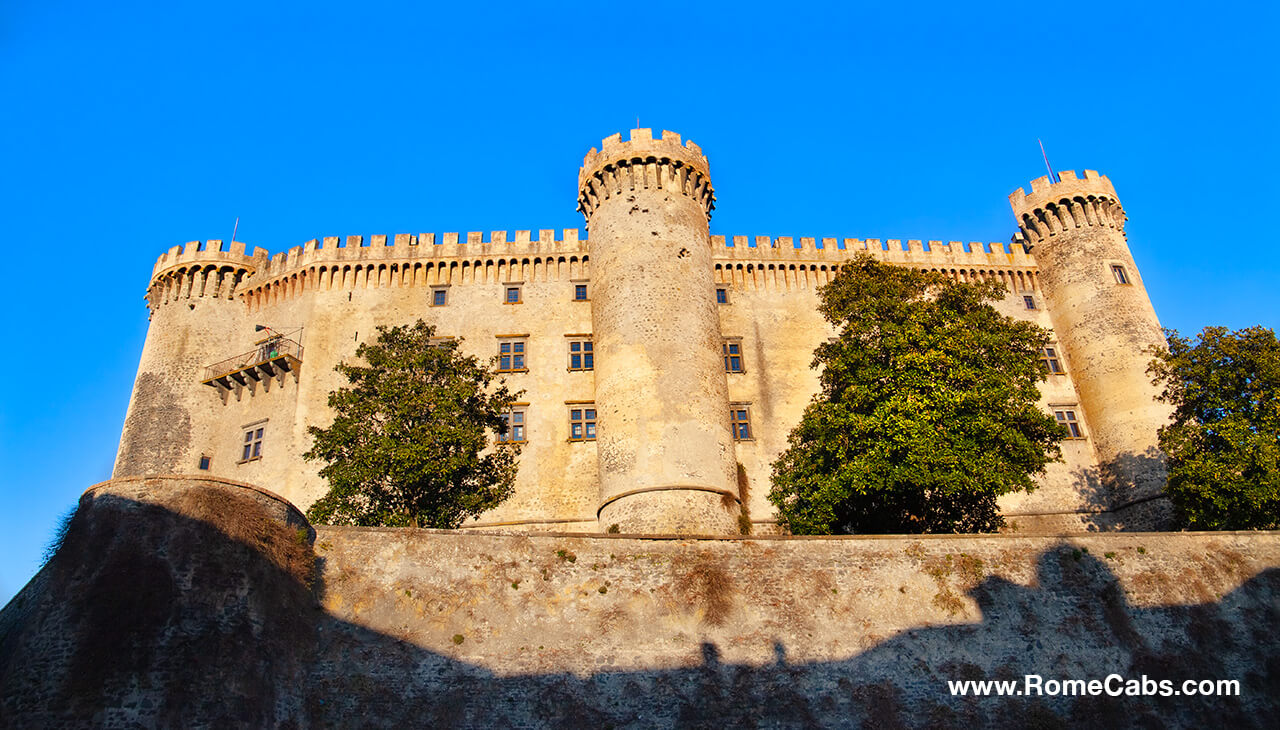
In 1952, Prince Livio IV Odescalchi opened Bracciano Castle to the public, ushering in a new era of exploration. The castle's opulent chambers, exquisite paintings, impressive library collection, and an impressive array of weaponry and armor narrate a magnificent history spanning over six centuries. Moreover, other rooms in the castle were designated for conferences and events, transforming it into a dynamic cultural destination.
Today, Bracciano Castle stands as a testament to the enduring legacy of the Odescalchi family and the historical richness of Italy, inviting visitors to explore its storied halls and experience the grandeur of its past.
- ALSO READ: 10 TIPS For Visiting Bracciano Castle
Medieval Village of CERI
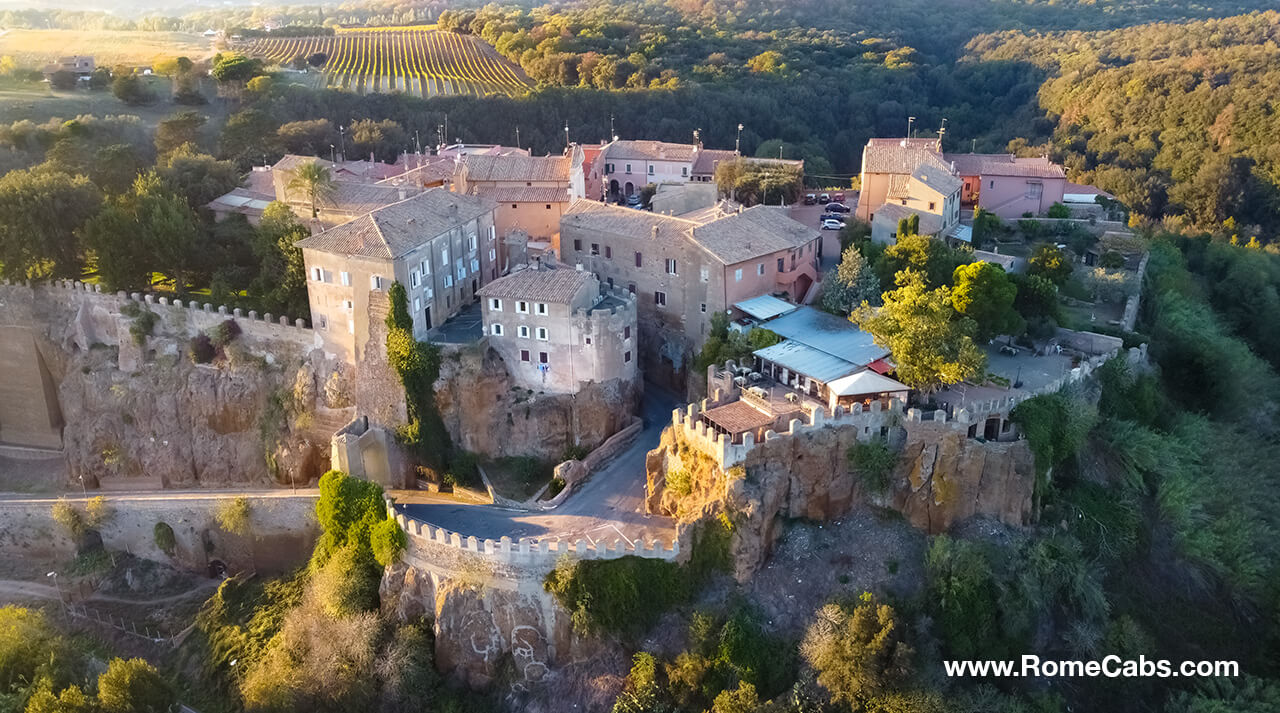
Nestled atop a precipice, the medieval village of Ceri appears suspended in a realm untouched by the hands of time. This enchanting hamlet finds its place amidst the expansive grounds that were once the heartland of the Etruscans. Wrapped in the captivating embrace of a unique landscape, Ceri exudes an aura of tranquility and solitude.
As you approach this medieval gem, your gaze is drawn to the rugged cliffs upon which the village was built and the ancient crenelated walls that both defined and protected its sacred precincts. To enter Ceri, one must traverse a medieval gateway, set into the steep, hewn path. Vehicles can make their way up with the guidance of traffic lights that dictate alternating one-way passage.
Although the Etruscans had a presence in this area dating back to the origins of their civilization, evidence also attests to Roman occupation as well. However, following the decline of the Roman Empire, Ceri experienced a prolonged period of neglect and abandonment due to malaria spanning from the 4th to the 11th centuries.
Ceri's Timeless Charm: A Medieval Marvel
Ceri emerged in 1236 as a fortified village on the previous settlements and named Caere Novum (today simply Ceri) to distinguish it from the ancient city, Caere Vetus (today Cerveteri ).
It is believed that its inhabitants settled in this clifftop village from nearby Cerveteri due to its natural defenses. Throughout its history, Ceri frequently changed ownership passing through the hands of various dynasties.
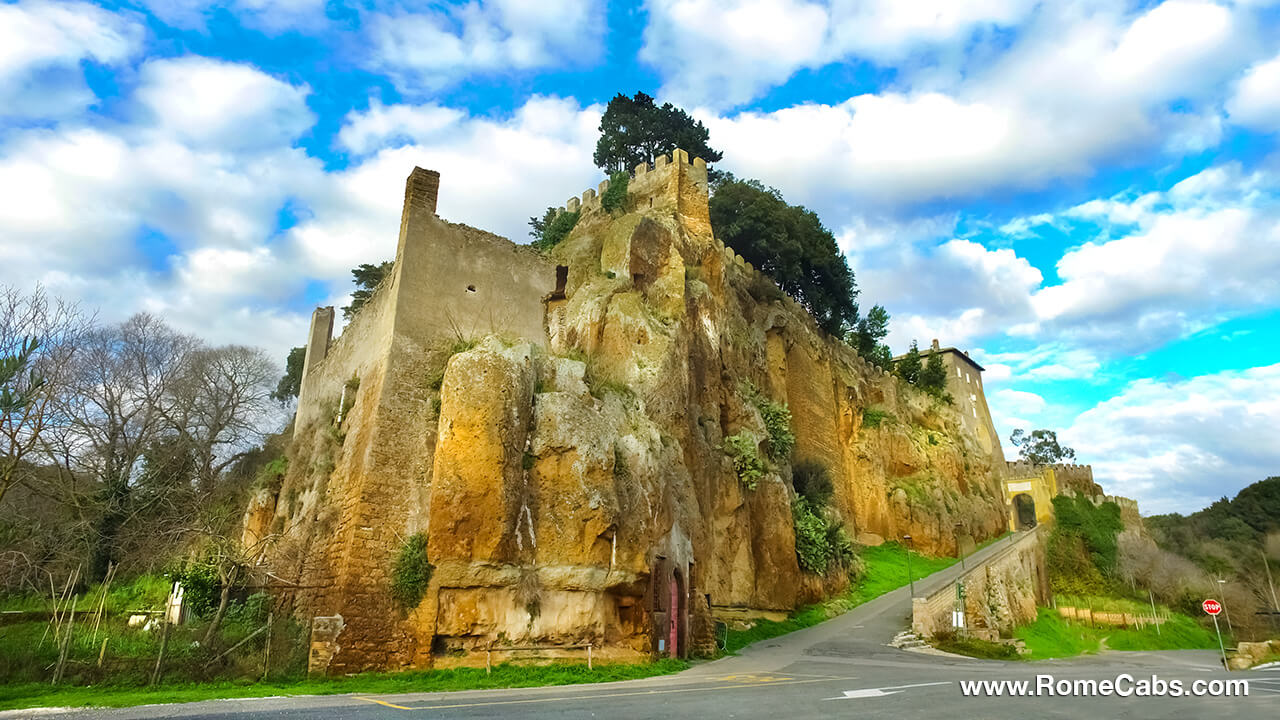
First, the Roman family Normans of Trastevere ruled, succeeded by the Alberteschi, followed by the Orsini counts of Anguillara, who held the domain for nearly two centuries while they also owned the castle of Bracciano.
While the Orisini built the fortress of Ceri, it faced destruction in 1503 as it succumbed to a 38-day siege led by Duke Valentino Cesare Borgia (the illegitimate son of Pope Alexander VI who had long ago expressed his intention to uproot the Orsini house. Giulio Orsini had to surrender.
From Odescalchi to Torlonia - Ceri’s enduring heritage
In the intricate tapestry of history, Ceri shares a fascinating narrative with its neighbor, Bracciano, and renowned families like the Odescalchi and Torlonia. The village's ownership changed hands frequently, passing between the Cesis, Borromeos, and Odescalchis.
In 1678, Borromeo sold Ceri to Livio I Odescalchi for 437,000 scudi, making him the Duke of Ceri due to historical events and familial ties, including Pope Innocent XI, who belonged to the same family.
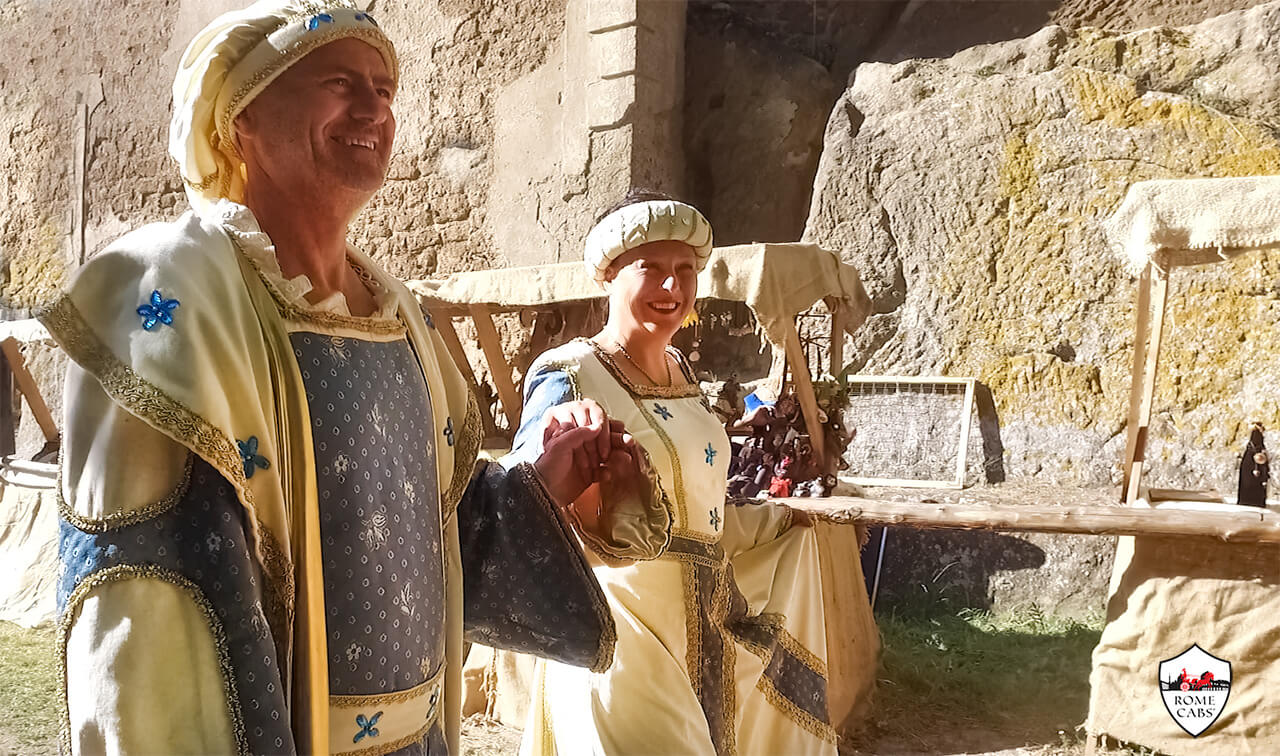
As we already know, the Orsini family, former owners of Ceri, shaped Bracciano Castle's destiny when they sold it to the Odescalchi family in 1696.
Ceri Castle's history is a tale of transfers. The Odescalchi reign was brief, with Ceri sold to Count Giovanni Borromeos in 1712, authorized by Pope Clement X. Four years later, Borromeos sold it to Duke Giuseppe Serra, only to return to the Odescalchis in 1721. Baldassarre Odescalchi was the fourth Duke of Ceri from 1748 to 1810.
Jumping ahead to the late 19th century, Ceri's transformation began anew. Don Alessandro Torlonia, deeply enamored with the village, acquired it from the Odescalchi family in 1883. Ceri became his sanctuary, a place for rest, hunting, and archaeological pursuits until his passing in 1886. With no heirs, Alessandro Torlonia passed the dukedom to his son-in-law Giulio Borghese, establishing a Torlonia-Borghese dynasty.
Explore Ceri: Where Medieval Italy Comes to Life
Ceri boasts a well-preserved medieval architectural heritage. The narrow streets, stone houses, and the imposing castle are all testament to its medieval past. The continuity of its medieval character, however, has been preserved through these changes.
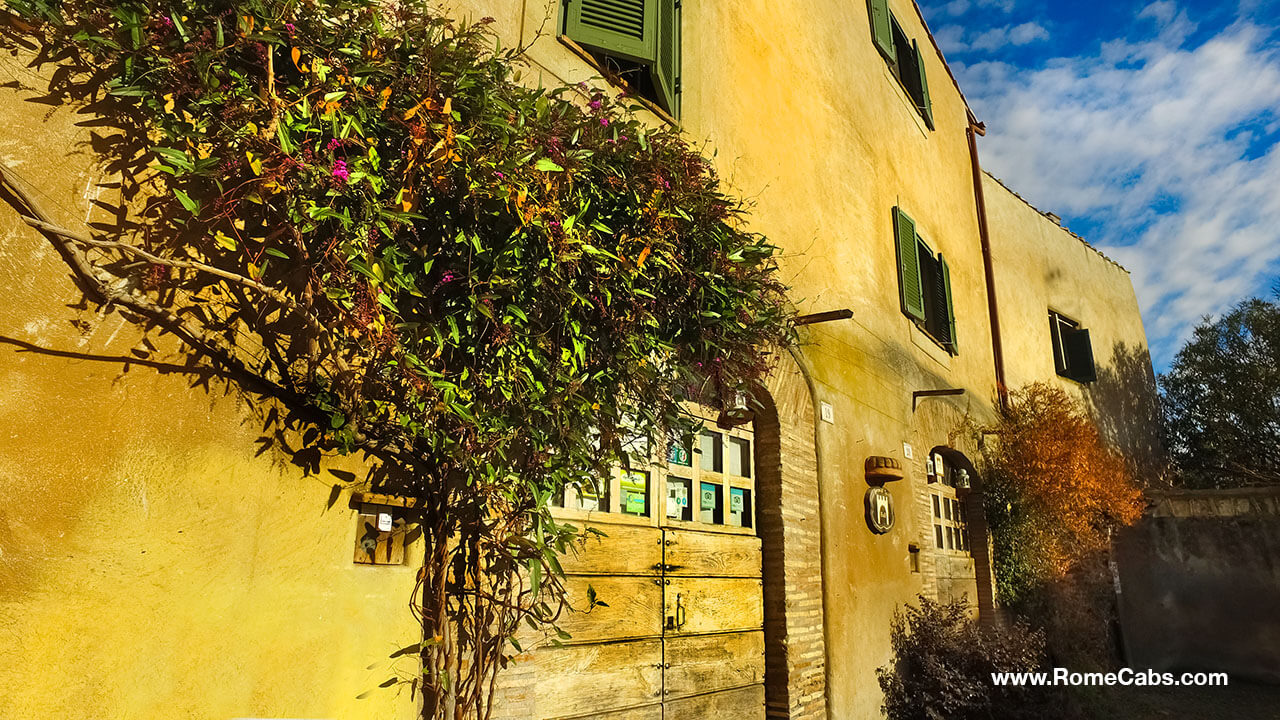
The Legend of San Felice
San Felice II is the patron saint of Ceri, and his legend is intertwined with the village's history.
According to local lore, San Felice II, a Christian martyr, was sentenced to death during the reign of Emperor Constantius II. It's believed that he found refuge in Ceri and that his remains are still kept in the Church of the Madonna di Ceri which around the year 370 was dedicated to Saint Felice. The solemnity of the dedication to San Felice underscores the deep Christian faith associated with Ceri.
The Church of Madonna di Ceri - Where History and Faith Converge
The main square of Ceri is home to a sacred building of great value: the Church of the Madonna di Ceri, situated on the very site where the ancient cult of the goddess Vesta once thrived.
The church of Ceri made a quantum leap when it became the custodian of the relics of Pope Felix II. Precisely that passage could explain the expansion of the Church into a nave and aisle structure with the construction of a canopy, where the sacred relics were kept.
The same canopy shows the legendary miracle of the oxen that refused to transport the relics of the Saint to Rome, ensuring that they remained forever in Ceri. Today the relics of the Saint are kept behind a grate high up in the central nave, while in the canopy, until October 2009, the image of S. Giovanni Calabria was exhibited for veneration.
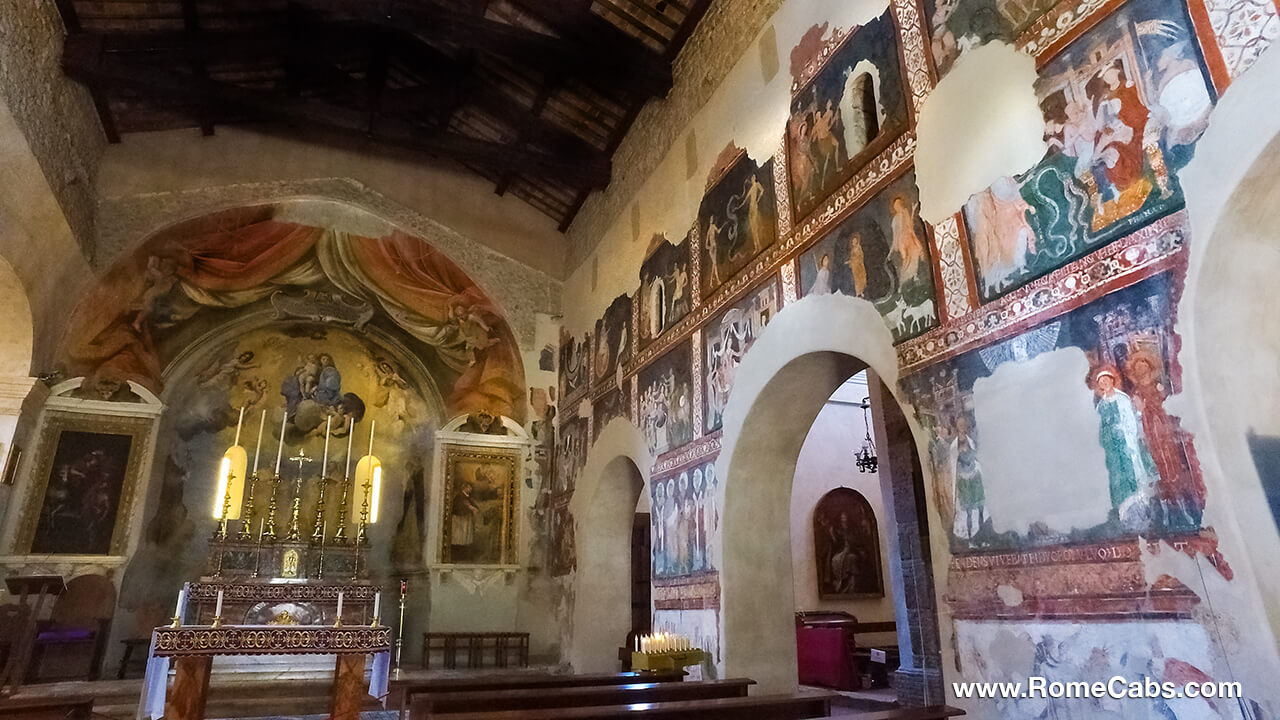
In 1980, a remarkable discovery was made during a restoration project at the church. Hidden beneath layers of history, frescoes dating back to the 12th century were unveiled, adorned with vibrantly painted depictions of scenes from the Old Testament and narratives from the life of San Silvestro. In 1989 the frescoes on the right side of the nave were recovered and the altar of San Felice was moved to the transept chapel.
Cappella delle Grazie Ricevute (The Chapel of Received Grace)
Discreetly on the right side of the church, you will discover Capella delle Grazie Ricevute, or the "Chapel of Received Graces". This unassuming chapel holds secrets that are both unexpected and profoundly touching.
The walls of this tiny chapel are adorned with the most unexpected things!
On one small wall bulletin boards are covered with a multitude of thumbnail photographs. These snapshots are not mere images; they are fervent pleas for miracles and blessings from the revered Madonna di Ceri. Each photo represents a cherished loved one, beseeching the intercession of Mary in their hour of need.
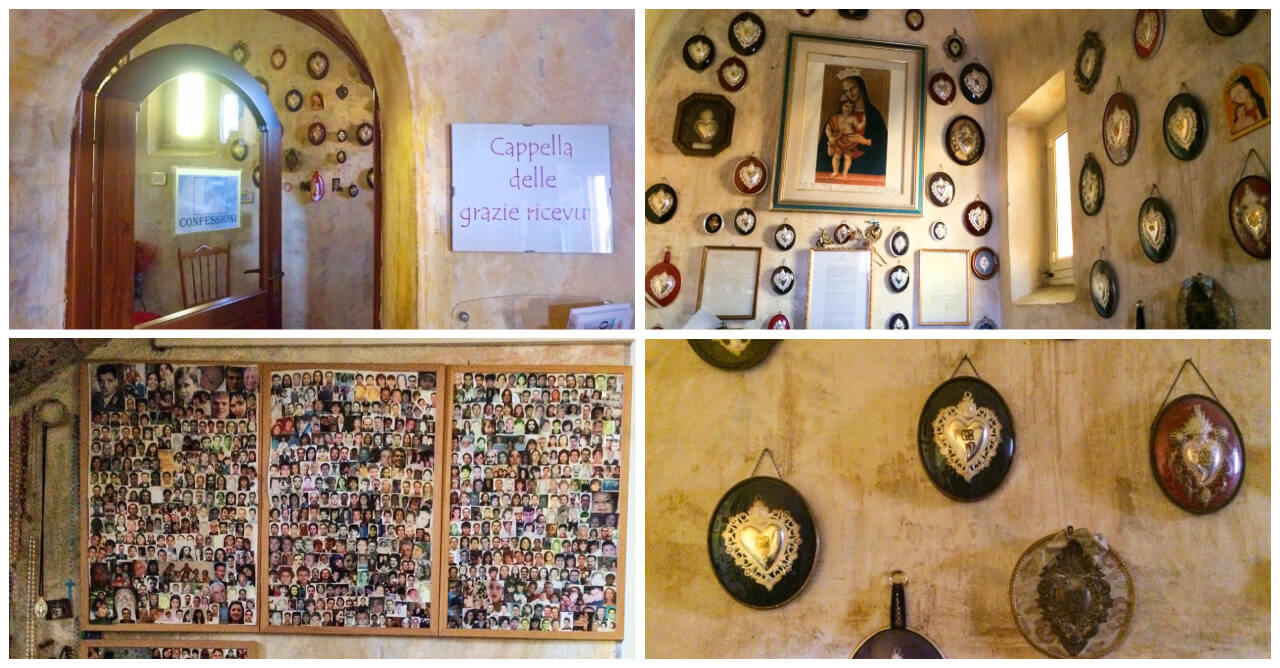
The chapel's walls are not just a plea for help; they are also a gallery of gratitude. Ex-voto offerings, including plaques, paintings, and other treasures, share stories of personal miracles and blessings attributed to Mary's intercession.
Stepping into this humble chapel is like entering a gallery of faith and devotion, where hope takes form, and gratitude finds its voice. The Capella delle Grazie Ricevute stands as a moving tribute to the enduring bond between Ceri's people and the Madonna di Ceri, showcasing the transformative power of belief and divine grace.
A journey to Ceri is akin to something from the pages of a fairytale, where a diminutive village unfolds within a few square meters, encapsulating a narrative that spans from the Bronze Age to the present day. Here, in this wonderland of Italy, history breathes through every stone and whisper of the wind.
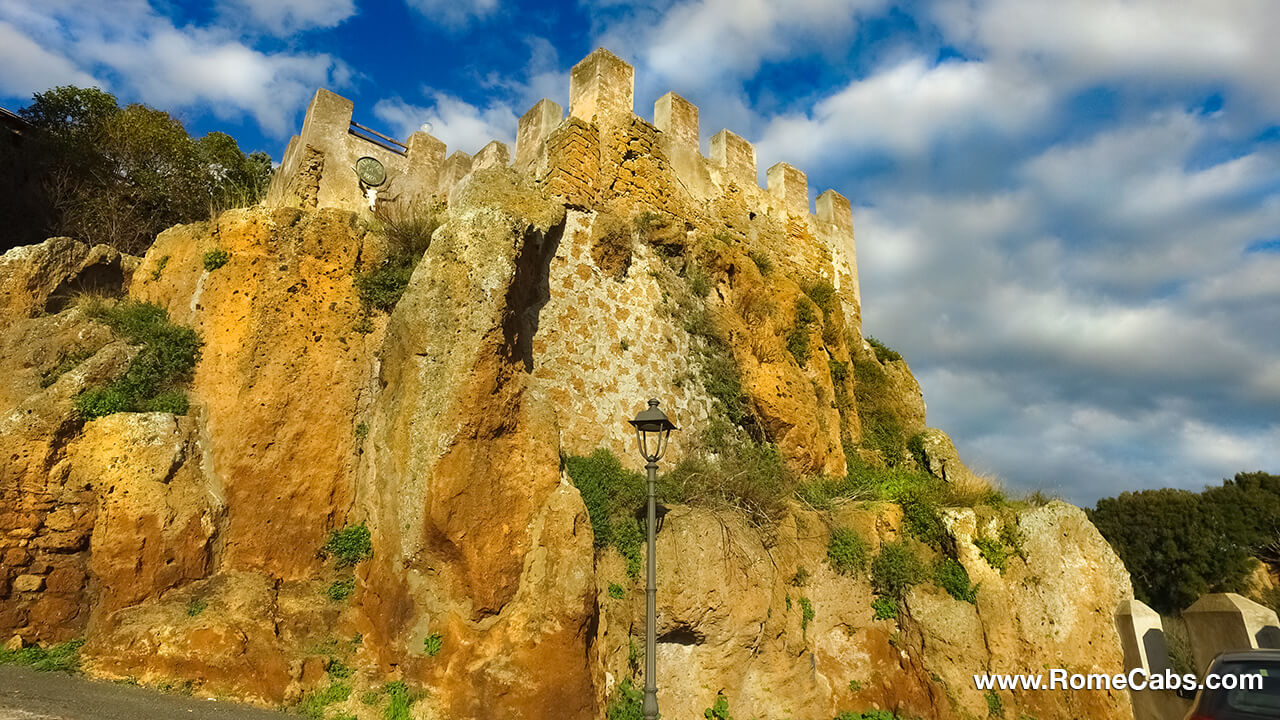
Lost in Time, Found in Experience
Bracciano Castle and the village of Ceri, these time-honored gems, open a captivating portal to the past. Here, the magic of medieval legends intertwines with the mysteries of ancient civilizations, creating an enchanting tapestry of history and beauty that is sure to leave you spellbound. See why Bracciano Castle and Ceri are among the 11 Must-See Italy countryside destinations from Rome.
Are you staying in Rome during your vacation to Italy?
Escape the bustling heart of Rome for a day and embrace the enchantment of the countryside. Picture this: A day trip from Rome to the countryside that whisks you away from the city's hustle and bustle, immersing you in the captivating tales of Bracciano Castle and Ceri as you delve into the Medieval Magic Countryside Tour.
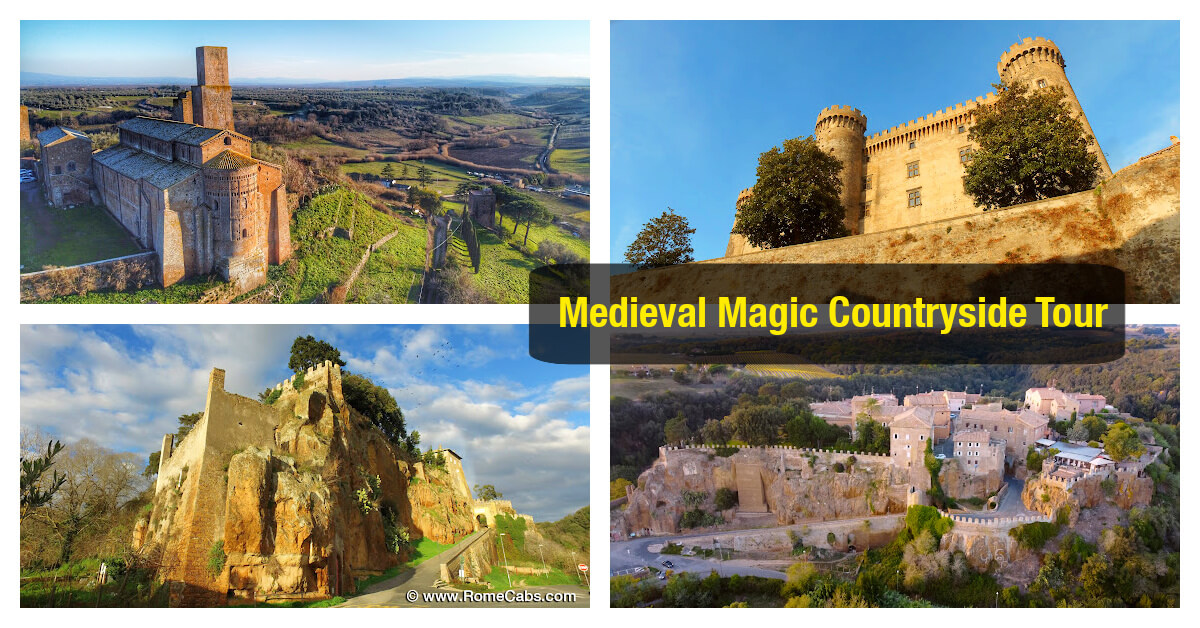
Your chariot for the day? A deluxe private vehicle, chauffeured by your very own RomeCabs English-speaking driver. Your comfort and enjoyment are our top priorities, ensuring a day that's not just remarkable but truly magical.
If you are ready for an unforgettable escape from Rome's bustling streets, book your private countryside tour now and let the stories of Bracciano Castle and Ceri come to life in the most extraordinary way.
If you can't decide between Rome or the Countryside, you'll love our Rome Town & Country Tour to explore the highlights of Rome's most famous squares such as Trevi Fountain, Spanish Steps, Piazza Navona, Colosseum Square (admire the Colosseum), and Piazza della Rotonda (gaze at the Pantheon), and visit Bracciano Castle and the village of Ceri in the heart of the Roman countryside.
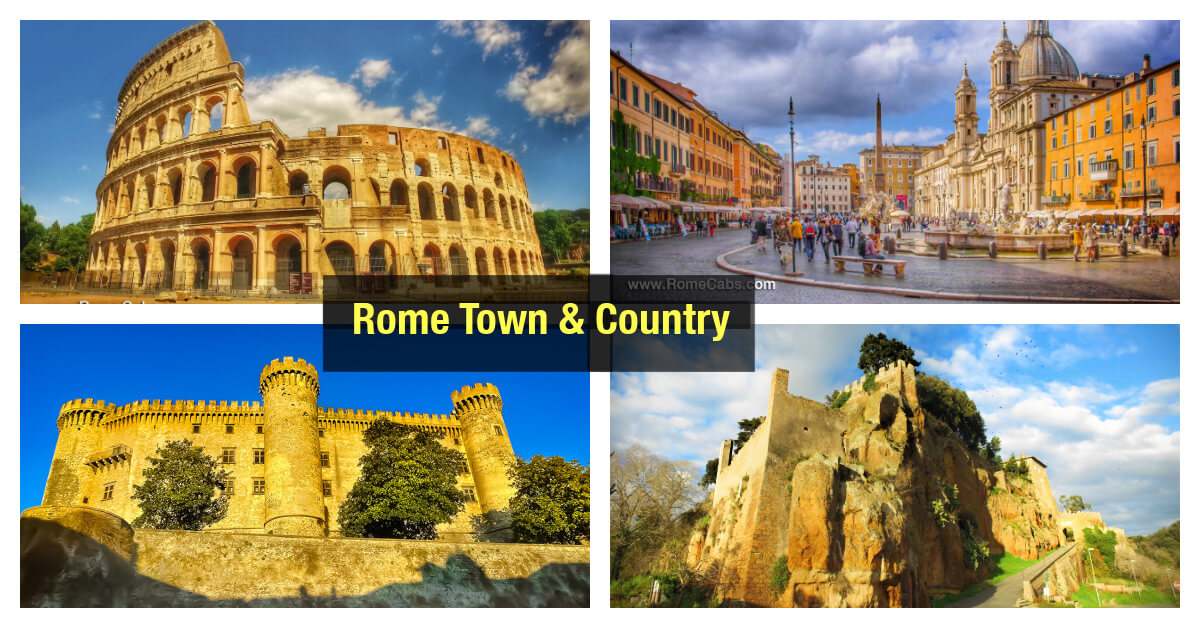
Embark on a Civitavecchia Shore excursion through time and imagination
Whether you're cruising into Civitavecchia or concluding your sea voyage there, our carefully crafted tours provide the perfect opportunity to explore Bracciano and Ceri.
Bask in our Countryside Splendor tour on a shore excursion from Civitavecchia that also includes an afternoon of adventures exploring the ancient Etruscan Tombs of the Banditaccia Necropolis of Cerveteri.
If your cruise concludes at Civitavecchia, why rush to your hotel? Extend the excitement of your cruise and continue your adventure with our Post Cruise Tours from Civitavecchia.
Immerse yourself in the allure of Bracciano and Ceri as you explore these historic wonders. Our countryside tours offer an unforgettable experience, with the convenience of a final drop-off at your hotel in Rome.
If you wish to explore the Roman countryside, also don't miss out on our Etruscan countryside tour from Rome to Tuscania and Tarquinia - two legendary towns that date back to the mysterious Pre-Roman civilization known as the Etruscans.
Don't miss this opportunity to immerse yourself in the stories and secrets of Bracciano Castle and Ceri Village as you explore the countryside from Rome and Civitavecchia Port. Book your tours now and embark on a journey through time that you'll cherish forever.
Thank you for choosing Stefano’s RomeCabs to be part of this remarkable journey through Italy's exquisite landscapes and rich heritage.
* Find us online also on:
- RomeCabs FACEBOOK
- RomeCabs PINTEREST
- RomeCabs TWITTER
- RomeCabs INSTAGRAM
- RomeCabs FLICKR Photo Gallery
- Recommended on Cruise Critic
